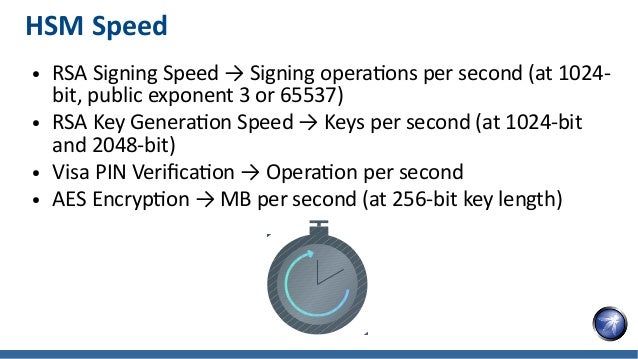License Key Generation Algorithm Java
- License Key Generation Algorithm Java Download
- License Key Generation Algorithm Java 7
- License Key Generation Algorithm Java Download
- License Key Generation Algorithm Java 1
The licence key problem is easy, decide on HOW the licence key will be checked, for example summing the digits adds up to 93, then write a simple function to generate them. Personally, I use a hash code from the registration details, e.g. The user's email. To make an exe is not trivial.
The Java KeyGenerator class (javax.crypto.KeyGenerator) is used to generate symmetric encryption keys. A symmetric encryption key is a key that is used for both encryption and decryption of data, by a symmetric encryption algorithm. In this Java KeyGenerator tutorial I will show you how to generate symmetric encryption keys.
- Java Cryptography - Encrypting Data - You can encrypt given data using the Cipher class of the javax.crypto package. The KeyPairGenerator class provides getInstance method which accepts a String variable representing the required key-generating algorithm and returns a KeyPairGenerator object that generates keys. Generate the key pair.
- Jul 06, 2019 java-otp works with Java 8 or newer. If you need support for versions of Java older than Java 8, you may try using java-otp v0.1 (although it is no longer supported). To demonstrate generating one-time passwords, we'll focus on the TOTP algorithm.
- Generating and validating license keys is a common requirement for commercial desktop applications. This article shows a state of the art implementation in 2020. It is simple and cryptographically secure.
- Download Java License Generator for free. Jicense is a license generator for the products or projects developed using Java language. You could customize your license generator set by implementing the jicense core api or make use of one of the existing demo sources.
- Anyway, I am in a confuse of how to generate the license(the license algorithm) and how to validate it (according to license algorithm). I can do it in my way, but don't like to mess with this security issue, so decided to take your expertise help. Please tell me/show me/give examples for how to create this License Generator, and Validator.
Creating a KeyGenerator Instance

Before you can use the Java KeyGenerator class you must create a KeyGenerator instance. You create a KeyGenerator instance by calling the static method getInstance() passing as parameter the name of the encryption algorithm to create a key for. Here is an example of creating a Java KeyGenerator instance:
This example creates a KeyGenerator instance which can generate keys for the AES encryption algorithm.
License Key Generation Algorithm Java Download
Initializing the KeyGenerator
After creating the KeyGenerator instance you must initialize it. Initializing a KeyGenerator instance is done by calling its init() method. Here is an example of initializing a KeyGenerator instance:
The KeyGeneratorinit() method takes two parameters: The bit size of the keys to generate, and a SecureRandom that is used during key generation.
Generating a Key
Once the Java KeyGenerator instance is initialized you can use it to generate keys. Generating a key is done by calling the KeyGeneratorgenerateKey() method. Here is an example of generating a symmetric key:
License Key Generation Algorithm Java 7
Key generators are constructed using one of the getInstance class methods of this class. Mytuner radio free download mac.
KeyGenerator objects are reusable, i.e., after a key has been generated, the same KeyGenerator object can be re-used to generate further keys.
There are two ways to generate a key: in an algorithm-independent manner, and in an algorithm-specific manner. The only difference between the two is the initialization of the object:
- Algorithm-Independent Initialization
All key generators share the concepts of a keysize and a source of randomness. There is an
initmethod in this KeyGenerator class that takes these two universally shared types of arguments. There is also one that takes just akeysizeargument, and uses the SecureRandom implementation of the highest-priority installed provider as the source of randomness (or a system-provided source of randomness if none of the installed providers supply a SecureRandom implementation), and one that takes just a source of randomness.Since no other parameters are specified when you call the above algorithm-independent
initmethods, it is up to the provider what to do about the algorithm-specific parameters (if any) to be associated with each of the keys. - Algorithm-Specific Initialization
For situations where a set of algorithm-specific parameters already exists, there are two
initmethods that have anAlgorithmParameterSpecargument. One also has aSecureRandomargument, while the other uses the SecureRandom implementation of the highest-priority installed provider as the source of randomness (or a system-provided source of randomness if none of the installed providers supply a SecureRandom implementation).
License Key Generation Algorithm Java Download
In case the client does not explicitly initialize the KeyGenerator (via a call to an init method), each provider must supply (and document) a default initialization.
License Key Generation Algorithm Java 1
Every implementation of the Java platform is required to support the following standard KeyGenerator algorithms with the keysizes in parentheses:
- AES (128)
- DES (56)
- DESede (168)
- HmacSHA1
- HmacSHA256